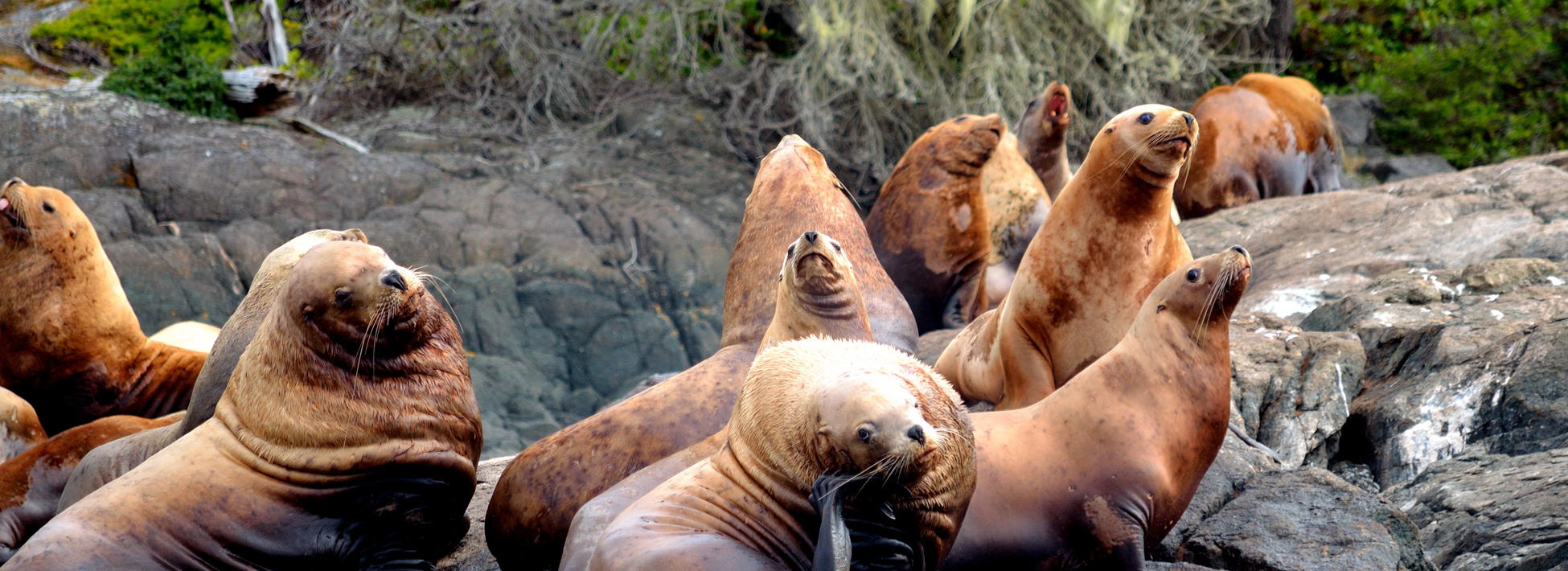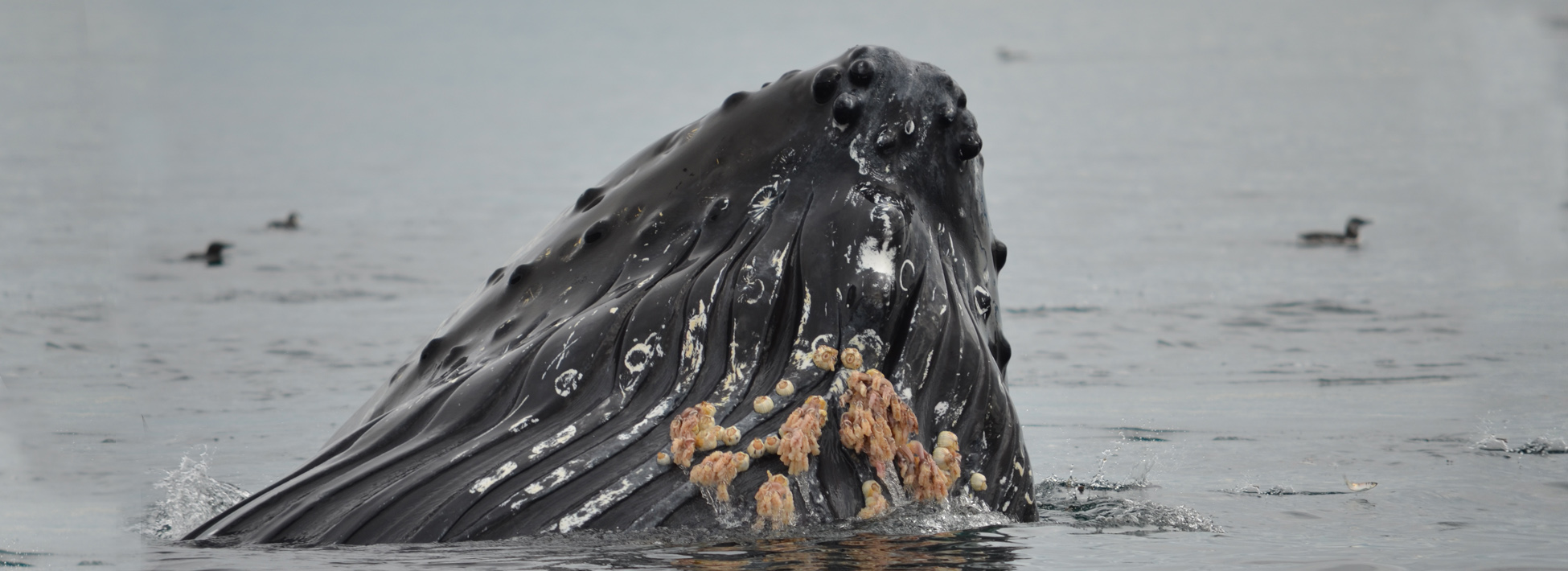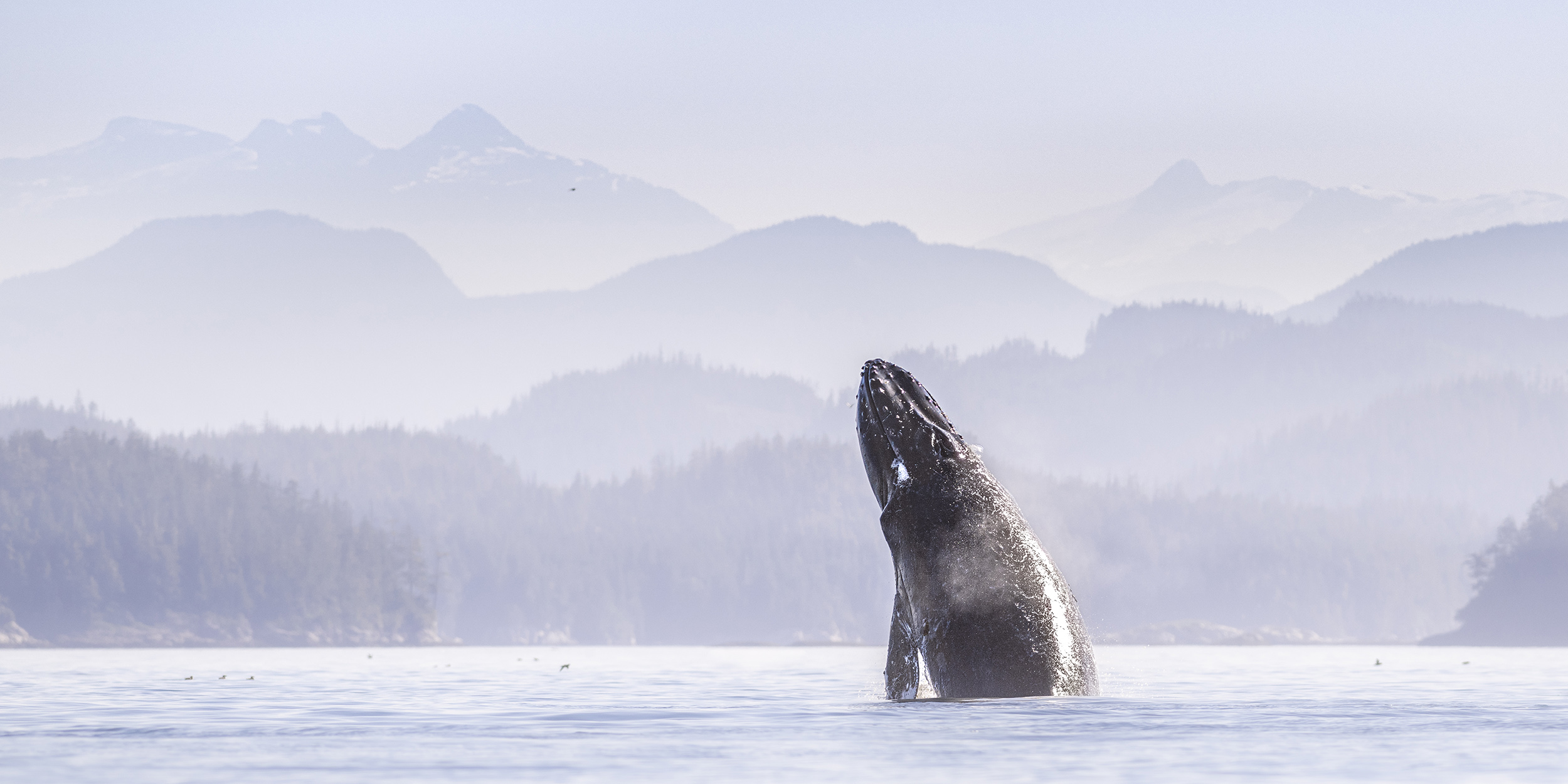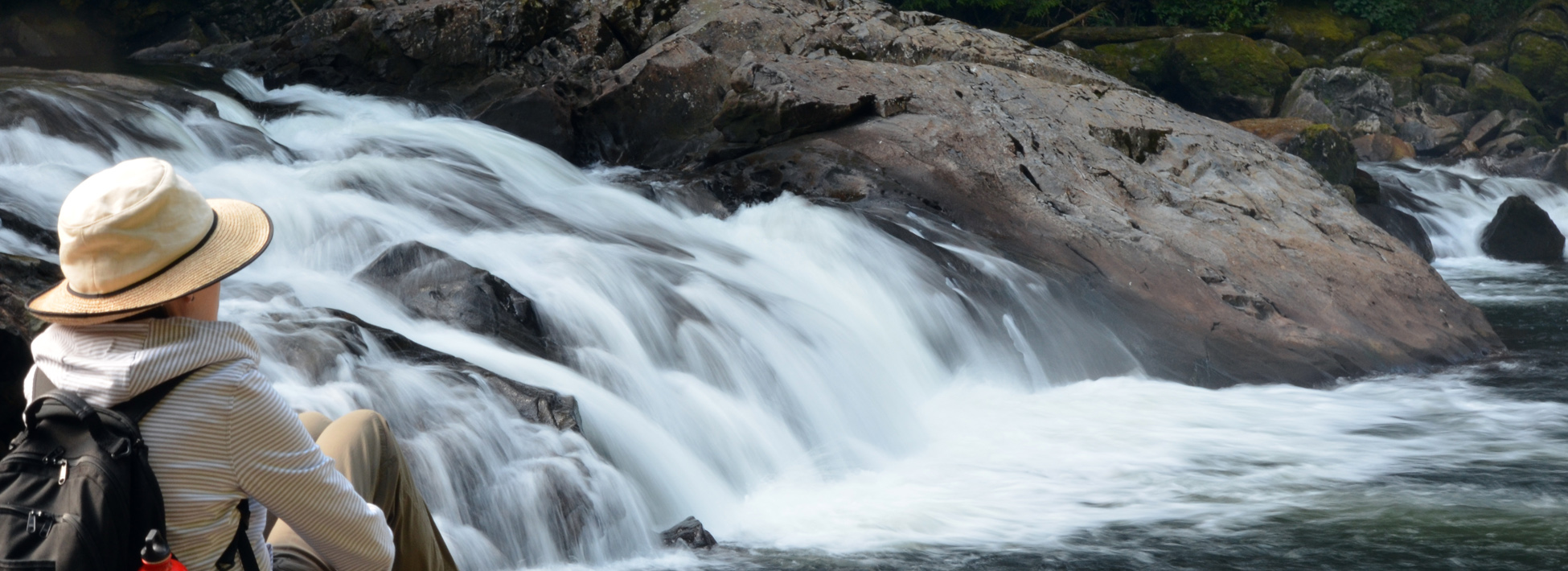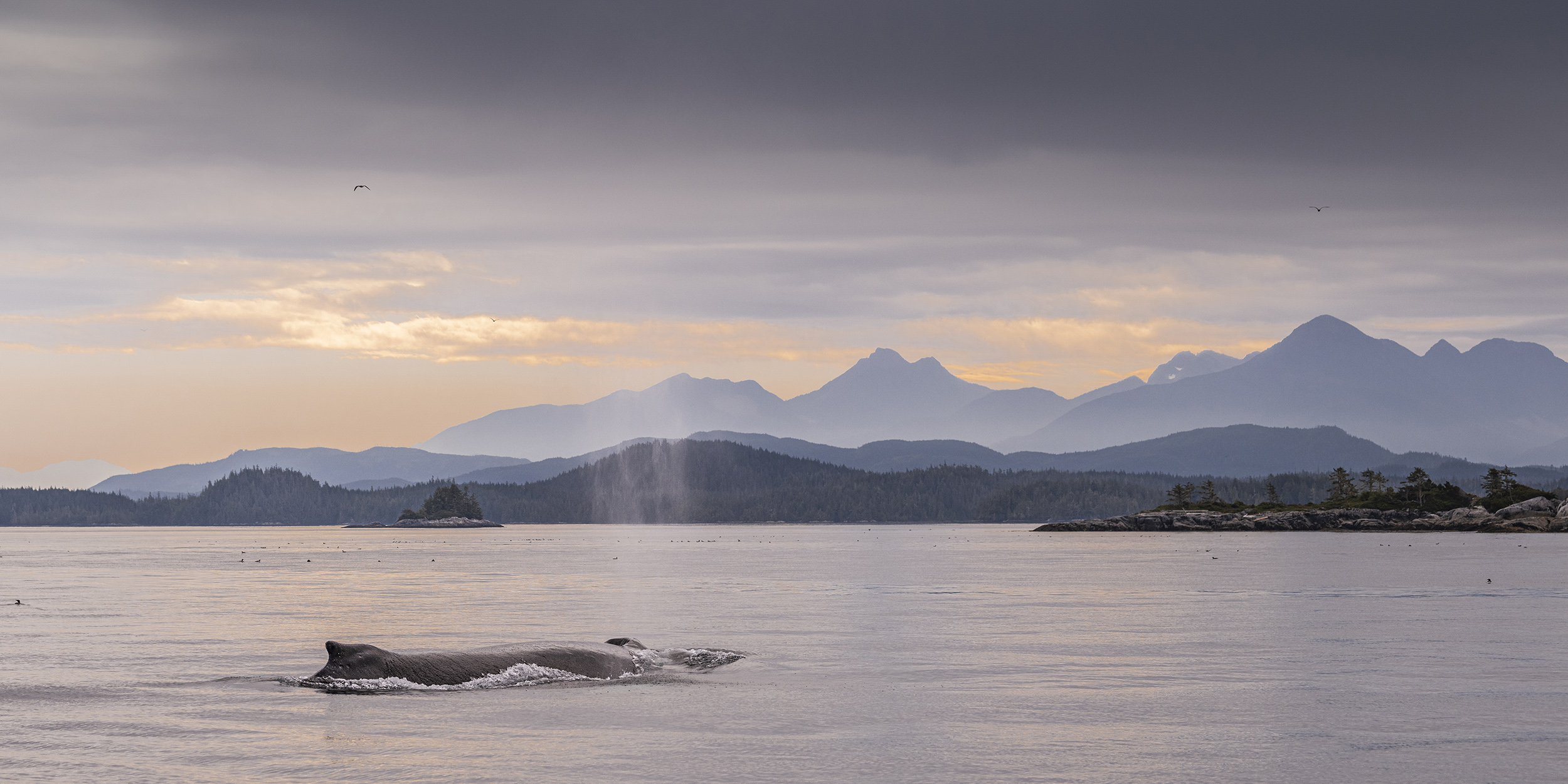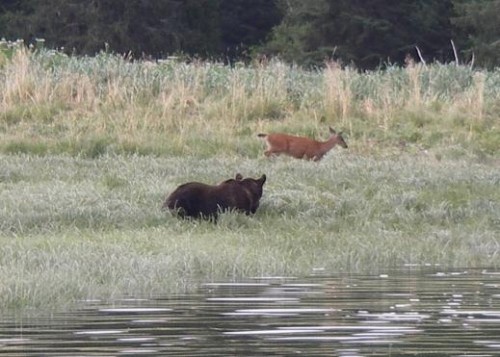
The sedge grass is about a meter (yard) tall and with the rising water the grizzly bear is likely standing in water up to its belly. Footing along a river bank is quite slippery and more so in water while the deer is one leap from solid footing. But even on dry ground we frequently see grizzlies and black tailed deer feeding side by side. The chance of a grizzly bear catching deer is so low it is not worth wasting the energy trying.
